Introduction:
In the realm of interior design, architectural woven mesh that are not only visually appealing but also acoustically comfortable is crucial. Unwanted noise and reverberation can significantly impact the functionality and ambiance of a room. To address this challenge, architects and designers are increasingly turning to architectural woven mesh as a solution to enhance acoustic performance in interior spaces. In this article, we will explore how architectural woven mesh can improve acoustics and create more pleasant and functional environments.
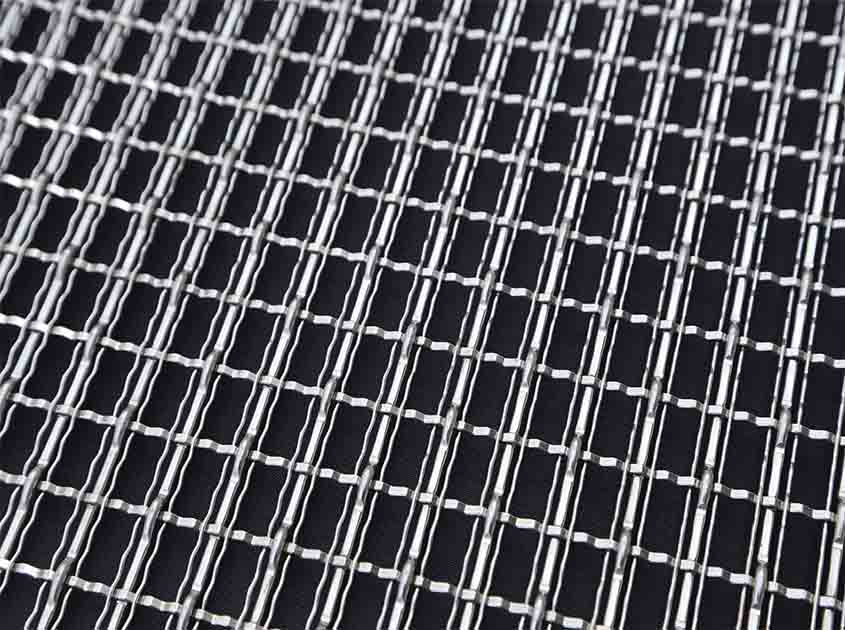
Sound Absorption Properties:
Architectural woven mesh can be specially engineered to possess sound-absorbing properties. When strategically installed, these mesh panels effectively absorb sound waves, reducing noise levels and minimizing echo and reverberation. The open structure of the mesh allows sound to pass through the material, where it is absorbed by acoustic backing or insulation. By integrating sound-absorbing mesh panels into interior spaces, architects can create quieter environments conducive to conversation, focus, and overall comfort.
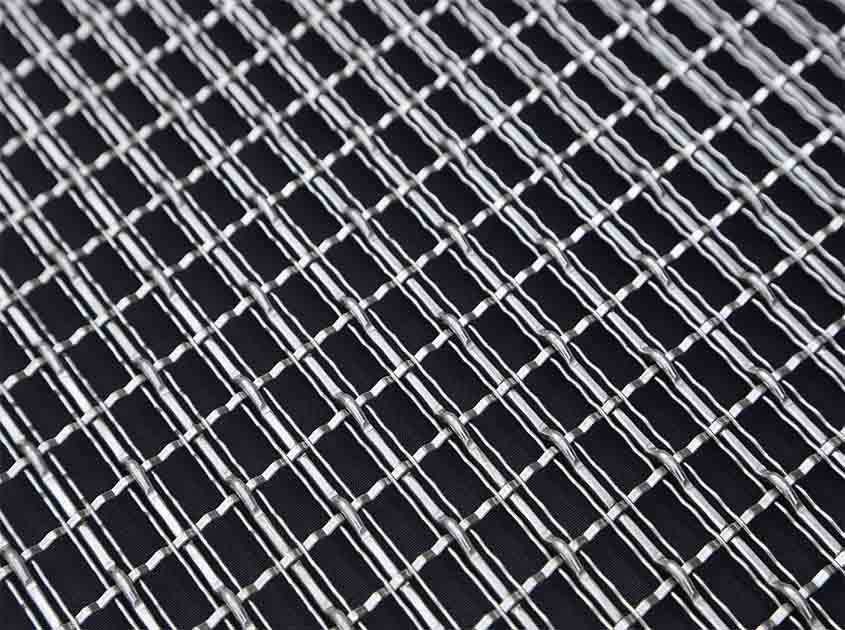
Reverberation Control:
Reverberation refers to the persistence of sound in a space due to multiple reflections from hard surfaces. Excessive reverberation can lead to poor speech intelligibility and an unpleasant auditory experience. Architectural woven mesh can help control reverberation by providing a textured surface that diffuses sound waves. As sound encounters the irregular surfaces of the mesh, it scatters and breaks up, reducing the intensity of reflections. This results in a more balanced acoustic environment, with improved clarity and reduced reverberation time.
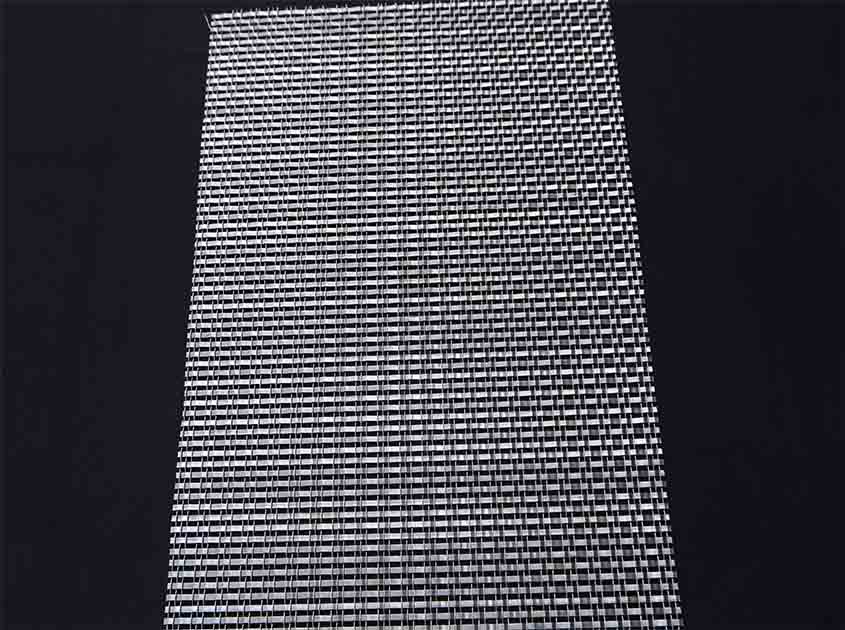
Design Integration:
One of the significant advantages of architectural woven mesh is its ability to seamlessly integrate into various design schemes. The mesh can be customized in terms of color, pattern, and texture, allowing designers to incorporate acoustic solutions without compromising aesthetics. Mesh panels can be used as decorative elements on walls, ceilings, or partitions, blending functionality with visual appeal. This design versatility ensures that acoustic improvements do not come at the expense of the overall design concept.
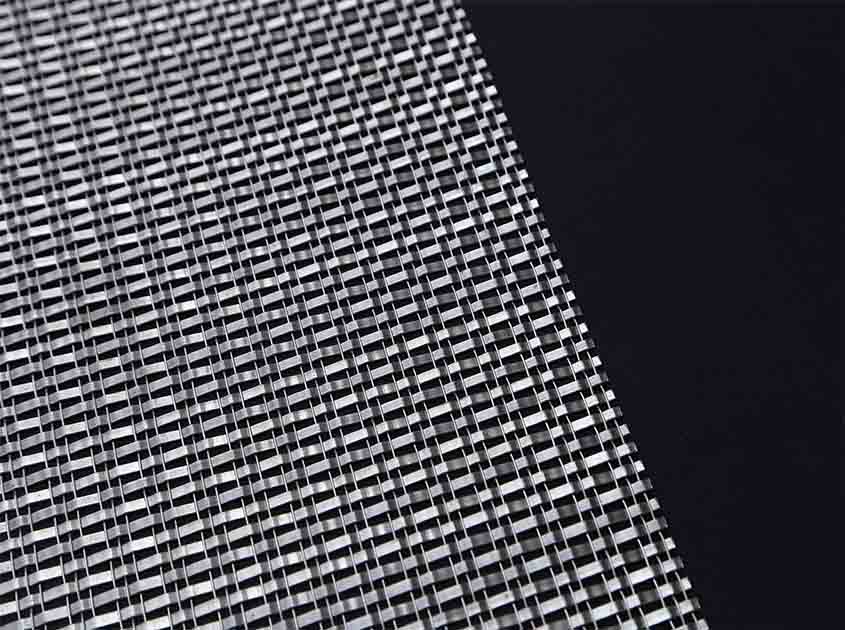
Flexibility and Versatility:
Architectural woven mesh offers flexibility and versatility in terms of installation and application. It can be easily installed as modular panels, allowing for quick and efficient integration into existing or new interior spaces. Mesh panels can also be used as room piders, providing both acoustic separation and visual transparency. Furthermore, the lightweight nature of the mesh enables it to be utilized in unconventional ways, such as suspended ceilings or undulating screens, offering endless possibilities for creative acoustic design.
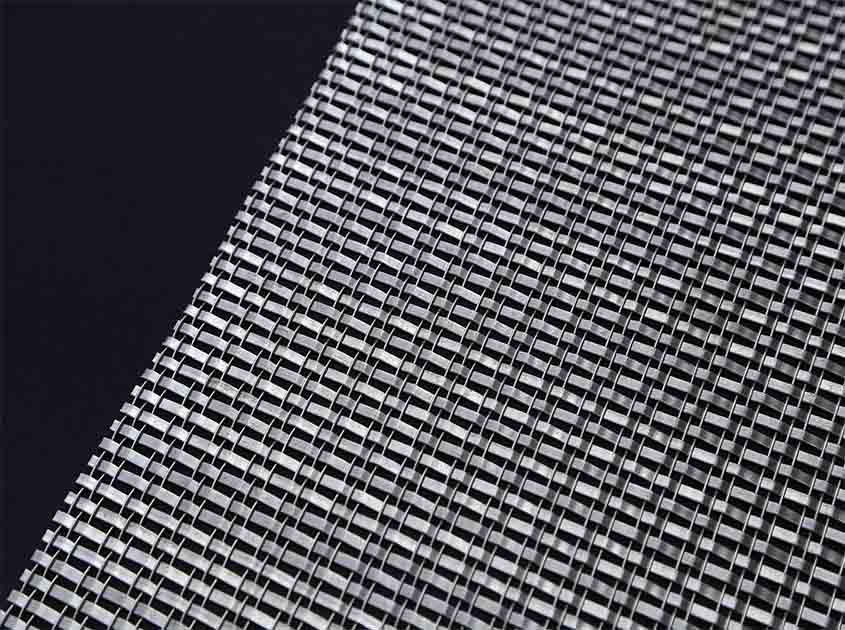
Improved Speech Intelligibility:
In environments where clear communication is essential, such as offices, conference rooms, or educational facilities, architectural woven mesh can greatly enhance speech intelligibility. By reducing background noise and controlling reverberation, the mesh improves the clarity and articulation of spoken words. This enables inpiduals to communicate effectively without straining their voices or experiencing communication difficulties. The improved speech intelligibility fosters productivity, learning, and effective collaboration within interior spaces.
pre:Architectural Woven Mesh: Balancing Form and Function in Building Design
next:Architectural Woven Mesh: Embracing Cultural Diversity in Design
© 2025 Joinwin Architectural Wire. All Rights Reserved. | Sitemap
Recommended Read
Unique architectural metal decorative mesh adds charm to your project
Metal woven mesh is widely popular due to its unique design, high strength, durability and functionality.